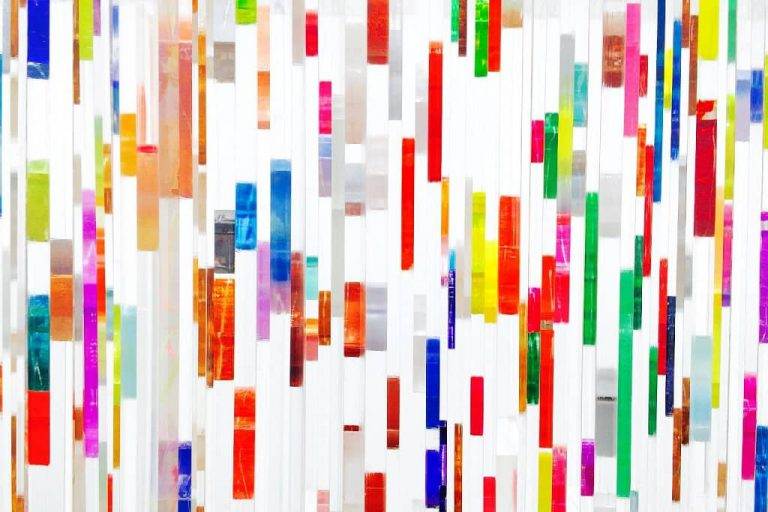RGB vs CMYK! What is the difference?
You must have heard the acronyms “RGB” and “CMYK.” But do you understand its meaning? If you are a designer, knowing when to use RGB vs. CMYK is necessary. CMYK stands for cyan, magenta, yellow, and black, and RGB stands for red, green, and blue colors on projects.
An excellent unwritten rule is that printed material should be in CMYK, and anything that deals with the web should be in RGB. But only a few clients and designers know why this is the standard.
RGB vs. CMYK
RGB and CMYK colors perform separately depending on which element they are used for, whether in print or on the web. So let’s investigate this to figure out how different they are!
When printers use the digital printing method, they print colors on paper by applying CMYK colors. This four-color mode utilizes the colors cyan, magenta, yellow, and black in different measures to create all required colors when the images are printed.
Each added unique color indicates more light is excluded or absorbed to create colors, making this a subtractive process.
Not pure black, but a very dark brown color is formed when the first three colors are combined. The black or the K color thoroughly removes the light from the published picture, so the eye regards the color as pure black.
RGB is correlated with electronic displays, such as LCD monitors, CRT, LCD monitors, scanners, and digital cameras. It is a different color mode that combines the primary colors, red, green, and blue, in different proportions to create several colors.
The outcome is pure white when all three colors are blended and presented to their full range. However, if all three colors are mixed to the lowest degree, the result is pure black. Therefore, photo editing programs use RGB color mode as it allows the widest variety of colors.
If you print things, such as stationery, a newsletter, or a business card, you can use CMYK. CMYK does not involve a white color as it is expected to be printed on white paper per the percentage of every color used; the white from the form will be utilized to fill the space, making the colors seem lighter.
Here’s a trick, use RGB if it is something that will be seen digitally. The Internet is prearranged to work mainly with RGB colors, and there is a straightforward reason behind this. Pixels are the tiny units that a digital monitor is made up of.
These pixels are made up of three light groups, one for blue, one for green, and one for red. The RGB contents are utilized for these pixels, setting the fluorescence for each tiny unit in every pixel.
It is known that there is no distinct correlation between the two kinds of colors, but if converted, a close match can be obtained.
How do RGB and CMYK perform differently?
These colors perform differently based on the quantity of previously provided white space and how much “blending” of colors requires. The colors must be changed to get an accurate color of all factors.
Highland Marketing did an excellent job explaining why RGB colors must be transformed when creating something for printing. The RGB plan has a more magnificent range of colors than CMYK and can produce more vibrant and vivid colors.
RGB color model has a complete range of colors; documents displayed in CMYK mode will show up accurately on-screen.
However, RGB colors will not appear in print as they do on-screen. Therefore, it must be transformed from its primary RGB format to CMYK to correctly print the image or document. It will likely do this by working with software such as Adobe Illustrator or Photoshop. Consequently, a similar art presented on a computer monitor might not match that published in a publication.






